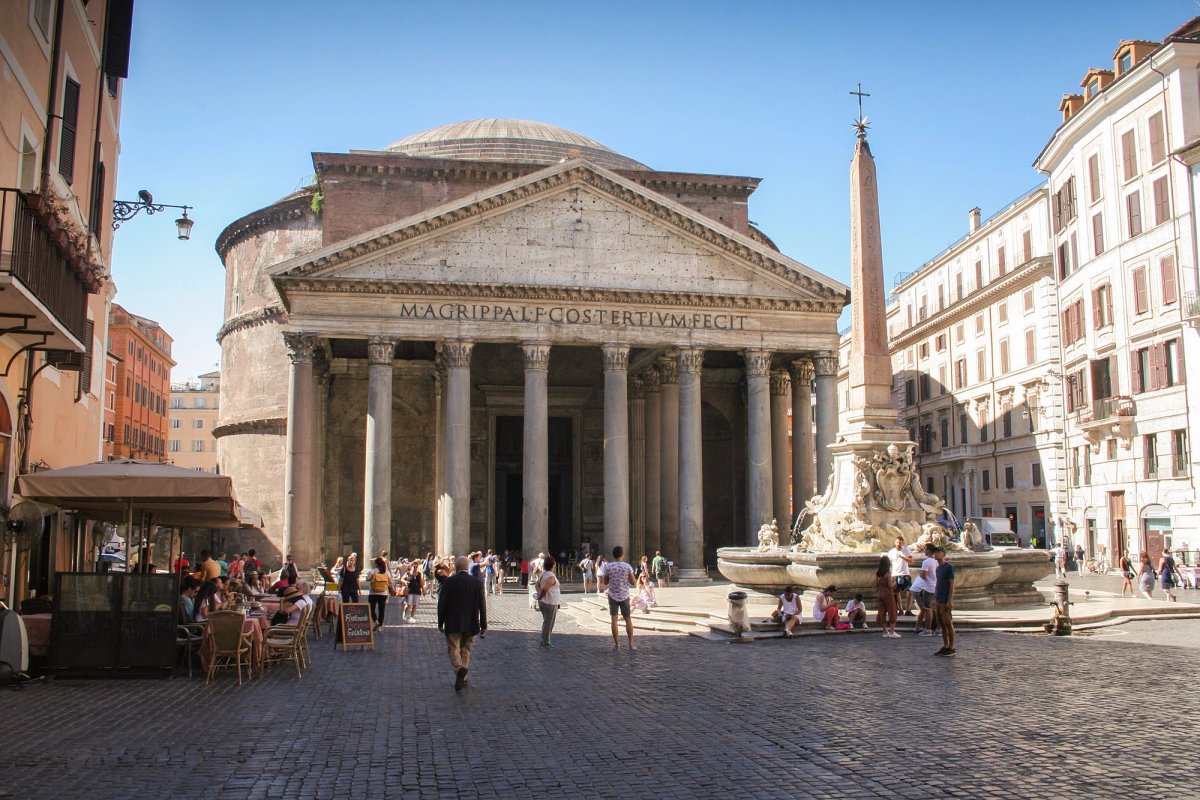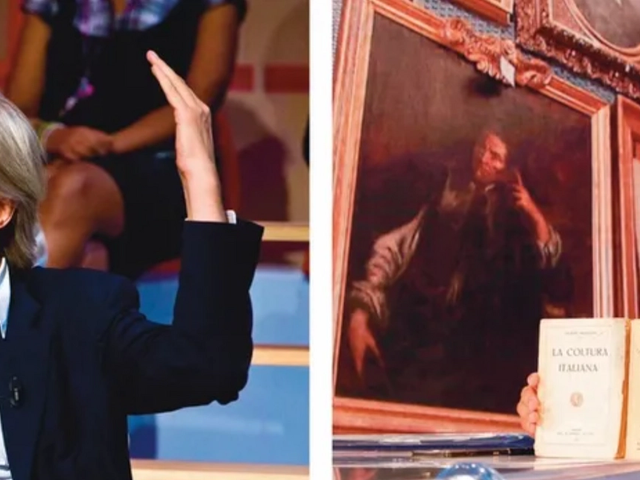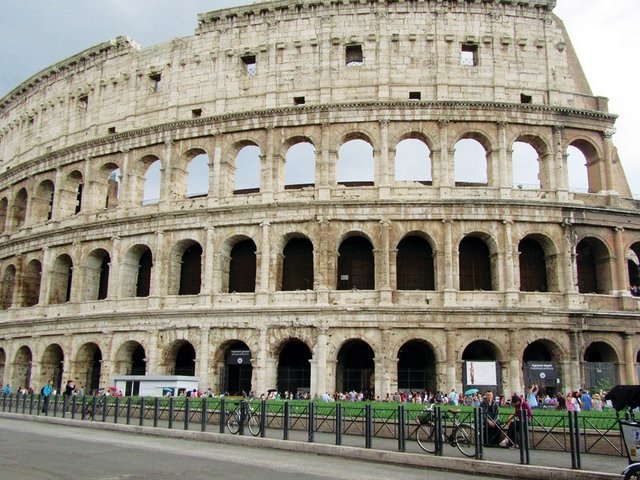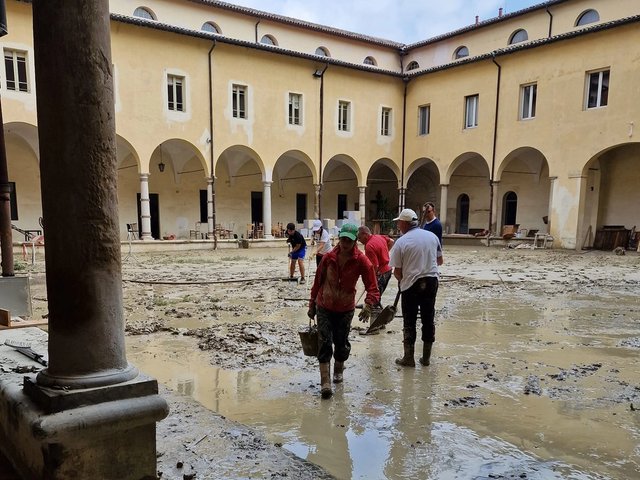Italy’s culture minister, Gennaro Sangiuliano, says that a new ticketing system at the Pantheon in Rome—tourists are now required to pay €5 to enter—has netted almost €200,000 in its first week (3-9 July) from 51,275 admissions.
More than half the tickets—over 26,000—were bought online via a new digital payment system. The ancient site remains free to Rome residents, visitors with disabilities and the under-18s, while tourists aged 18 to 25 pay a discounted entry fee of €3.
In a tweet posted by the culture ministry, Sangiuliano says: “First week with over 50,000 admissions, receipts of almost €200,000—a figure that makes me happy also takes into account the 4,830 young people who have chosen to visit one of the best preserved monuments in the world”. Italian press reports state that around 30% of the proceeds will go towards the Rome diocese.
#Pantheon, Il Ministro @g_sangiuliano: “Prima settimana con oltre 50mila ingressi, incasso di quasi 200mila euro. Un dato che mi rende felice riguarda, inoltre, i 4830 giovani che hanno scelto di visitare uno dei monumenti meglio conservati al mondo”. https://t.co/Chctts1OeJ #MiC pic.twitter.com/RGaDUI2dpe
— Ministero della Cultura (@MiC_Italia) July 11, 2023
But according to The New York Times, the new admission system may encourage a ticketing black market, as has happened at the Colosseum where “entrance tickets are priced at €18, but in reality, they are a rare commodity that can cost two or even three times as much when bought through secondary sellers”.
In May meanwhile, Giorgia Meloni’s right-wing government announced a controversial plan to raise the price of museum tickets by €1 to generate funds for saving cultural heritage damaged in the recent Emilia-Romagna floods. In a statement, the culture ministry adds that €43,631 in Pantheon ticket proceeds from the launch week will go towards the floods.
According to the culture ministry website, the original Pantheon building was erected between 27 and 25 BC at the behest of Marcus Vipsanius Agrippa in honour of Emperor Augustus. Its present form, comprising a rotunda with a huge dome ceiling, dates back to the first years of the reign of Emperor Hadrian (118-125AD).






